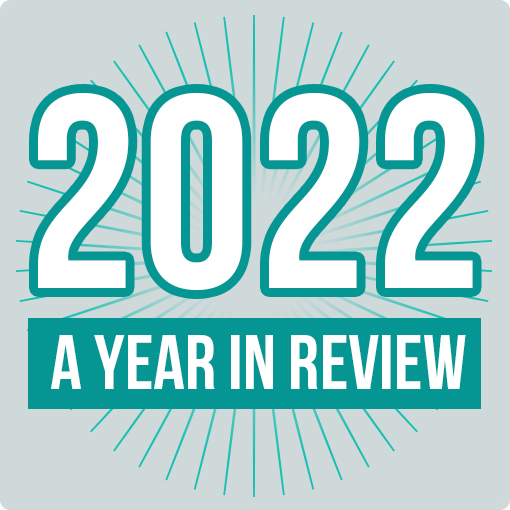Everyone loves making a sale, right? Well, pretty much everyone reading this blog does.
As for me, I’ve built a business around helping you do that. For all the different things Ark Advance does – help you climb up the search rankings, make it easier for visitors to take action on your website, increase the effectiveness of your AdWords campaigns – it all points in one direction. Sell more.
So what I’m about to say may sound like heresy. But stick with me as I explain myself.
Here goes. Trying to close the sale, whether directly or by generating leads, may be doing you more harm than good. Sometimes, the best thing you can do is back off a little.
I know that flies in the face of some sales philosophies. Power closing, the art of pushing through objections and resistance to a final sale, has its share of successful proponents.
But the best sales people, in my view, recognise that a successful sale is more than someone buying something. It includes the buyer being satisfied with their decision, and feeling happy about the pathway they took to get there.
How does that relate to you? Well, let’s say you have a landing page that’s all sell, sell, sell. Features and benefits are there in big, bold type, and the Buy Now or Submit button is not only a bright, garish colour, but it also flashes on and off like a neon sign outside a cabaret.
And let’s say that landing page really has been working for you. It’s been selling like crazy or generating more leads than you dreamed possible. Why on earth would you mess with a winning formula like that?
To answer that, let me tell you about a client who come to us recently from another agency. They were used to pushing traffic onto the kind of landing page I just described (admittedly, I exaggerated a bit, but you get the drift). We said, “while your landing page is delivering results, we suspect you could do better – and do it without undermining your brand.”
That client boldly allowed us to create an alternative landing page that wasn’t designed to sell directly. Instead, it encouraged visitors to have a wander around the website, a bit like someone browsing in a store, checking out the merchandise. The risk was that once people had finished browsing, they’d simply wander out the door, without having bought anything or even given their contact details.
But that didn’t happen. What did happen was a 50%+ increase in lead conversions and a big reduction in cost per lead.
How come? Simply because people often need more time or information or both before they feel comfortable committing. If they’re a website visitor, that means the opportunity to interact with your website – to “wander around the store” – first. Not always, but sometimes.
It’s worth testing. Worst case scenario, you build engagement, reduce bounce rates and increase time spent on your site – much like a good sales person asking questions and listening to the answers does.
And the best case scenario? Well, who wouldn’t love a 50%+ increase in lead conversions?



